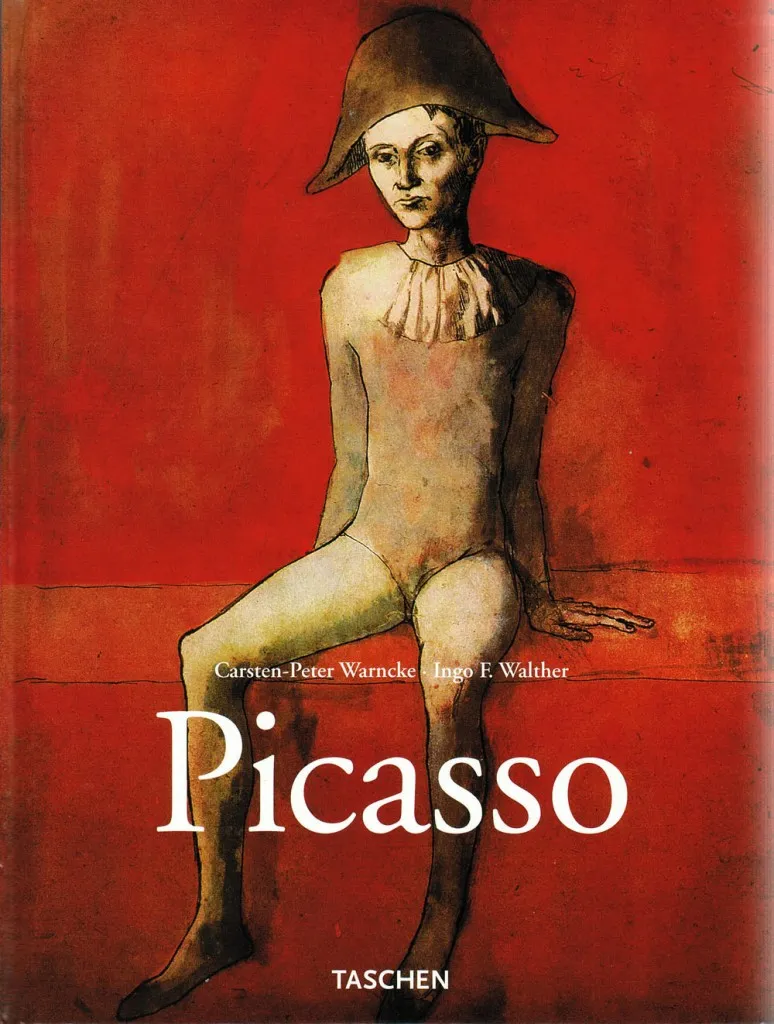Secret to Creativity
One of the books that had the greatest impact on my life was Picasso 1881 – 1973 by Carsten-Peter Warncke, Ingo F. Walther. It changed how I viewed creativity, teaching me it’s a process and not a single instant, flash of brilliance. That’s the secret: it’s the relentless, repetitive application of trial and err until it produces the result you want.
What makes this book unique is its frequent showing of sketches and renditions leading up to some of Picasso’s famous works such as the “Portrait of Sylvette David” (more) and the images in “Guernica.” When my wife gave me this book, we had just visited a Picasso exhibit at The Cleveland Museum of Art. A fifteen-minute time-lapse video there captured Picasso’s hand sketching an indoor scene. The video’s purpose was to show the numerous times Picasso altered the sketch without erasing anything. It was a series of constructive and deconstructive moments as lines and shading became one image then another until they pleased Picasso.
Now, advance forward to “Charlie Rose Talks to Nathan Myhrvold” (BloombergBusinessweek, November 21, 3013). In regards to Apple’s failed attempts to create a smartphone before cell phones even existed, Myhrvold concludes:
Most overnight successes come after repeated attempts and failures. You’ve got to keep at it.
Of course, looking deeper beneath the two components, trial and err, we see we must desire and have the ability to:
- Improve upon our previous try
- Embrace and learn from failure
- Persist even in the face of humiliation, admonishment and obstacles
- Relentlessly repeat as needed
Seen this way, we realize that creativity isn’t as much about brilliance and genius as it is about courage. That also means having the courage to adopt different views, to see things differently . . . including ourselves . . . if only temporarily.



I can attest to your assertion – I’m certainly not brilliant nor a genius, but I have persisted at many things, and have succeeded at some. I’m a professional software engineer, and have been for 25 years. That takes a certain stubbornness to say the least, if not a bit of insanity. I consider software design a form of creativity– that’s the part of it that has kept me from running screaming into the woods.
But that alone doesn’t satisfy me– I’ve felt compelled to write a screenplay– that went nowhere. I needed to tell this particular story– a hard science fiction tale of the same ilk as Heinlein and Asimov. Not being based on a graphic novel or comic book I knew it would be a hard sell, so no surprises there, but the story kept tickling me. So, I’ve decided to write a novel about it. Never having done this before, it’s not easy, but my knowledge of Science and having a creative side, along with my past experiences with persisting until it hurts, I’m going to do it.
I think Warnkce and Walther are right. I’ve also read studies where practice can produce brilliant musicians where no ingrained talent might exist. I have to believe it– it’s all I’ve got.
Steve
Very good, Steve, as it’s often been said that we need to “dance as though no one is looking,” we also need to write as though no one will ever read it. Creativity is about self-expression not about social acceptance. Creativity, by it’s very nature, is outnumbered and out of place. You have much. Thank you visiting and look forward to another sometime. ~Mike
A very good & informative article to nurture creativity. Thanks, Mike.
Thank you, I appreciate the compliment.
Quoting: “Seen this way, we realize that creativity isn’t as much about brilliance and genius as it is about courage.” Love the list of four abilities important to creativity. Broken record, I know, but one of the keys items I took from Keith Sawyer’s “Group Genius” is that the successful creative individuals were supported by those around them. Again, such support would help immeasurably with the four items, I believe at least!
John, you raise a very important point regarding support. It’s part of the reason those who work on creative projects tend to find communities of similar professionals working on related topics. Silicon Valley is one of the more popular examples. With virtual communities, it’s also easier to find that support. I also suspect Sawyer talked about support from spouse, family, relatives and friends. Sometimes, all it takes is someone to believe in you. Thank you for reminding us of this important aspect of the creative process. ~Mike